GENERAL DATA
Industries That Use Persian Turpentine Resin
Here’s a well-organized list of industries that commonly use Pistacia atlantica resin.
🌿 What Is It?
Persian Turpentine Resin is a natural aromatic gum exuded from the Pistacia atlantica tree. It solidifies into a pale yellow resin and has been used for centuries in traditional medicine, natural products, and artisan industries.
1. Pharmaceutical & Traditional Medicine Industry
This is the primary industry for Persian Turpentine Resin.
-
Digestive Aid – Traditionally used to relieve:
-
Stomach ulcers, indigestion, bloating
-
Intestinal infections and gastritis
-
-
Liver and Gallbladder Support – Used in Persian and Kurdish medicine to promote bile flow
-
Antiseptic & Anti-inflammatory – Used externally and internally for:
-
Wounds, skin infections
-
Arthritis and joint pain (as a balm or rub)
-
-
Antiparasitic & Antimicrobial – Chewed like mastic gum for oral and gut health
✅ Often formulated as capsules, tinctures, chewing gum, or powdered supplements.
2. Nutraceutical & Herbal Supplement Industry
-
Used in modern digestive health and detox products
-
Incorporated into:
-
Herbal capsules for gut repair
-
Resin powders for parasite cleansing programs
-
Natural chewing gums
-
✅ Sometimes blended with wild pistachio oil or fig extract for synergy.
Its antimicrobial, tightening, and healing properties make it ideal for organic cosmetic brands.
4. Aromatherapy & Wellness Industry
-
Burned or infused for its balsamic, grounding aroma
-
Used in:
-
Relaxing incense blends
-
Massage oils and salves for pain relief and muscle tension
-
Traditional air purification and spiritual rituals
-
Often marketed similarly to mastic gum or frankincense.
5. Artisan Soap, Varnish & Natural Product Industry
- Used in:
-
Traditional soap making for its antiseptic and aromatic qualities
-
Natural varnishes and paints (due to its resinous texture)
-
Incense sticks and cones in cultural or religious product
-
Especially popular in handmade, organic, or heritage product lines.
Comparable to Chios Mastic, but with a unique regional flavor.
7. Academic & Biomedical Research
- Actively studied for:
-
Antioxidant, antimicrobial, and anti-inflammatory properties
-
Gut microbiome balancing
-
Anti-cancer potential in early-stage studies
-
Role in traditional hepatoprotective (liver-protective) therapies
-
Summary of Key Applications:
| Industry | Applications & Product Types |
|---|---|
| Pharmaceutical & Herbal | Capsules, tinctures, digestive remedies |
| Nutraceutical | Detox blends, gut health support, parasite cleanses |
| Cosmetic & Personal Care | Skin creams, balms, oral care, anti-aging treatments |
| Aromatherapy & Wellness | Incense, massage oils, therapeutic balms |
| Artisan/Industrial | Soap, varnish, incense, chewing gum |
| Academic Research | Digestive health, anti-inflammatory, cancer studies |
HARVEST CALENDAR
Feb
Mar
Apr
May
Jun
Jul
Aug
Sep
Oct
Nov
Dec
Wholesale Persian Turpentine Tree Sap – Global Supplier of Natural Resin
ACPFOOD is a reliable exporter and wholesale supplier of Persian turpentine tree sap, also known as Pistacia Atlantica resin. This rare and valuable natural resin is harvested from wild turpentine trees in Iran and is widely used in traditional medicine, pharmaceutical products, cosmetics, and industrial formulations. We provide bulk turpentine resin to importers, distributors, and manufacturers around the world, ensuring high purity, consistent quality, and secure global shipping. Whether you’re sourcing turpentine gum, tree sap, or Pistacia Atlantica extract, ACPFOOD offers trusted service and competitive wholesale pricing.
To order Pistacia atlantica sap, please contact us.
This tree also has swellings called galls as a result of an insect bite, which has a lot of tannin and is used in tannery to shave wools.
Varieties of the above species are grown in Iran under the name of Chatlanqosh, their names are as below:
1. Pistacia atlantica subsp. cabulica (Stocks) Rech.fil.
2. Pistacia atlantica f. oxycarpa Zohary
3. Pistacia atlantica subsp. mutica (Fisch. & C.A.Mey.) Rech.fil.
To order Mt Atlas Mastic tree sap, please contact us.
To order Mt Atlas Mastic tree sap, please contact us.
Persian Turpentine Temperament
The wood, leaves and fresh stems of Persian Turpentine tree are hot and dry in the second degree and its dry stems are hot and dry in the third degree.
Its fresh fruit is primarily warm and dry. Its dried fruit is hot and dry in the third degree.
Persian Turpentine resin is hot and dry at the end of the second degree.
Persian Turpentine Health Benefits
Chew it like a gum in your mouth and swallow its juice. Strengthens the stomach, is beneficial for clearing the throat from slimy sputum.
If you poultice pistacia atlantica resin on the body skin, it will remove the bone, thorn, acicula or a stick that is sunk into the skin.
Boil 20 grams of Persian Turpentine resin in a glass of water and poultice it. It is useful for removing skin excess oil.
The fruit of the Pistacia atlantica tree is very similar to the fruit of other wild pistachio trees in terms of temperament and properties. Fresh wild pistachio’s temperament is slightly hot and dry, and its dry one is very hot and dry.
The fruit of this tree is diuretic and stimulant. It is useful for strengthening sexual power and opens the blood of hemorrhoids that have been cut off, warms the stomach and kidneys, and removes bloating, and is useful for cough, paralysis, facial nerve paralysis and dropsy.
Eating the fruit with almonds and sugar is fattening and relieves urine intermittency.
The poultice of the combination of dried Persian Turpentine leaf powder with vinegar and oil makes the hair grow back, makes it long and healthy and removes its roughness.
Constantly washing the body with Persian Turpentine tree leaves in the bathroom removes bad body odor and is good for catarrh. Poultice of the wood ash of this tree with oil improves alopecia areata.
The decoction of the bark of this tree sprinkled on the swellings helps to dissolve the swelling.
Persian Turpentine resin takes out ear pus. It causes the flesh to grow back on the wounds and is beneficial for lung ulcers, chronic cough and snake bites. Eating this resin with honey helps to heal internal wounds. Also, eating it with Sandarac gum (Tetraclinis articulata) and half-boiled egg yolk is beneficial for healing the wounds and relieving fatigue and pain.
Chewing Persian Turpentine resin absorbs phlegm moisture from the brain and expels the slimy sputum from the pharynx, removes excess moisture from the stomach and strengthens it. If you melt this gum in olive oil, the poultice strengthens the nerves and is beneficial for swelling, muscle rupture and chronic pruritus.
Eating its fruit with vinegar is beneficial to cleanse the liver and relieve headaches.
Its burnt fruit poultice is useful for hair growth for people who have hair loss.
Pistacia Atlantica fruit kernel oil is also warm and dry and is a sexual enhancer, beneficial for strengthening the nerves. Eating it is useful for hoarseness and treat vascular occlusive, and also treat jaundice, urine intermittency, and pain in the back, knees, paralysis, and facial nerve paralysis. If it is eaten with vinegar, it is useful for getting rid of all kinds of poisons and coldness of the organs, and rubbing its oil on the desired areas is also beneficial. Because it makes you thirsty, you should eat it with Bambusa bambos resin.
Persian Turpentine Dose
The resin up to 3 grams.
Persian Turpentine Side Effects
The fruit of Pistacia atlantica tree is slow digesting. It produces a bad chyme, causes headaches and is harmful to the brain of hot temperaments and those who have hot stomachs. Excessive consumption of its fruit causes aphthous ulcer and loss of appetite.
The resin of this tree is harmful for hot temperament people.
Persian Turpentine Modifiers
Rose water, Rhubarb paste, sour fruit pastes and sekanjebin for Pistacia atlantica fruit. If you cook its fruit in bread, it will be digested easier. Sekanjebin for its gum.
Pistacia atlantica fruit is difficult to digest and is harmful for hot-temperaments. For this reason, hot-tempered people should eat it with vinegar, Gum Tragacanth or sakanjabin.
To order Turpentine tree sap, please contact us.
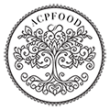



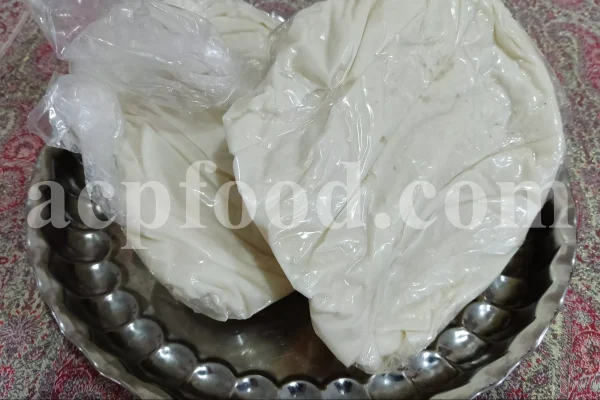











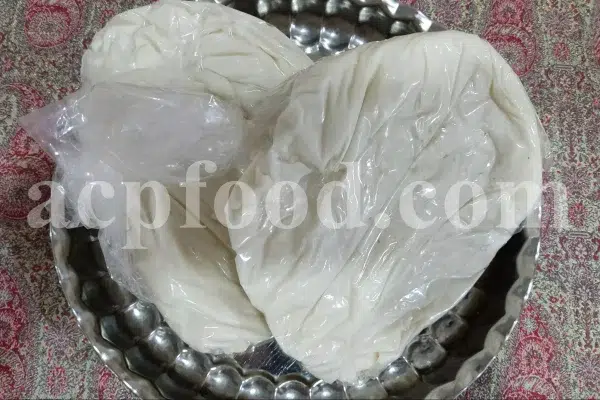

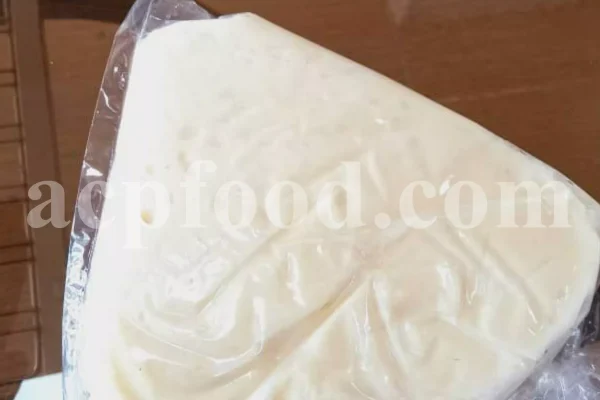



















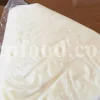


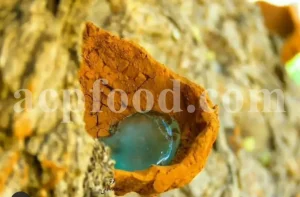
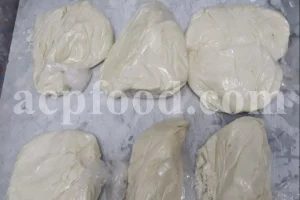


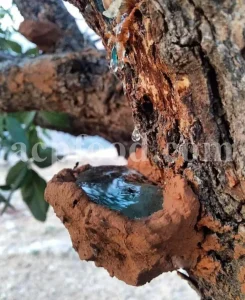


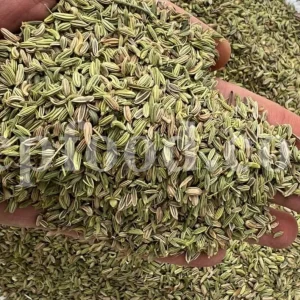
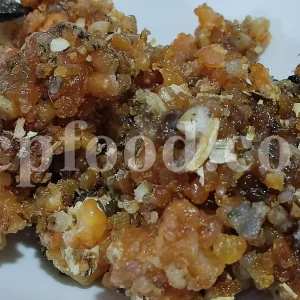
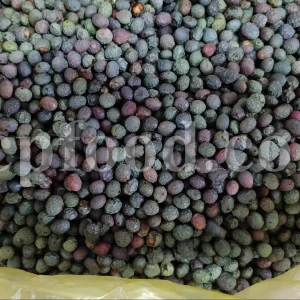
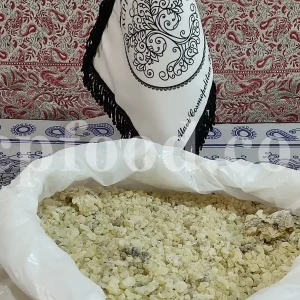
Reviews
There are no reviews yet.